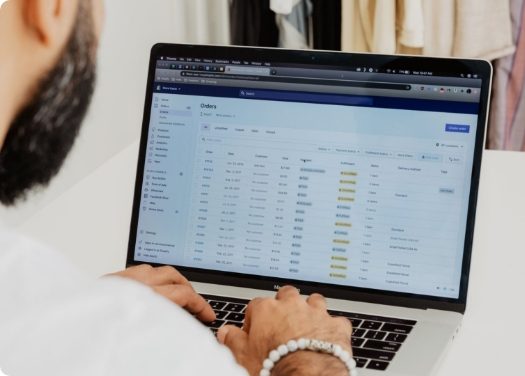The ‘Rural Super Sellers’ report analyzed eight sales methods that make up nearly all SMB selling. Of these, the three most popular are…
- 57% use owned and operated web stores
- 57% use third-party online marketplaces
- 53% use physical retail stores

In our latest report, Rural Super Sellers documents the fluidity of modern retail, how even the smallest rural sellers use 3, 5, and even 7 sales methods and are beholden to none.
Rural Super Sellers debunks the myth of online marketplaces like Amazon controlling small rural sellers.

Some U.S. lawmakers and regulators believe that certain digital platforms’ size, market share and success demonstrate the need for drastic changes to our antitrust laws to restore competition. Some claim that small retailers, including rural-based small retailers, have no choice and are locked into the Amazon Marketplace.
But what if the facts reveal a different story?
Research shows that the modern retail industry is one where small rural retailers have many options and use multiple sales methods. And that several marketplaces are effectively competing for rural small sellers’ business by lowering the barrier to entry, making it easier to list products and make money on their platforms.


Millions of rural small businesses use digital platforms’ affordable tools and services to launch, operate, grow, compete, and hire more people. Modern retail provides rural small businesses with more, easy-to-use options than ever before to bring products to larger markets, to help grow their small business and succeed.
Modern retail is not all about Amazon. Policymakers should not upend America’s rural small business digital economy based on anecdotal evidence and misconceptions about choice and competition.